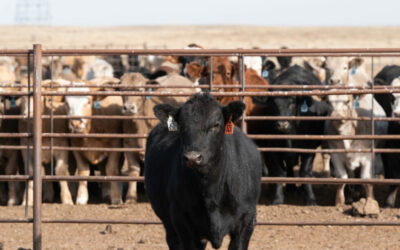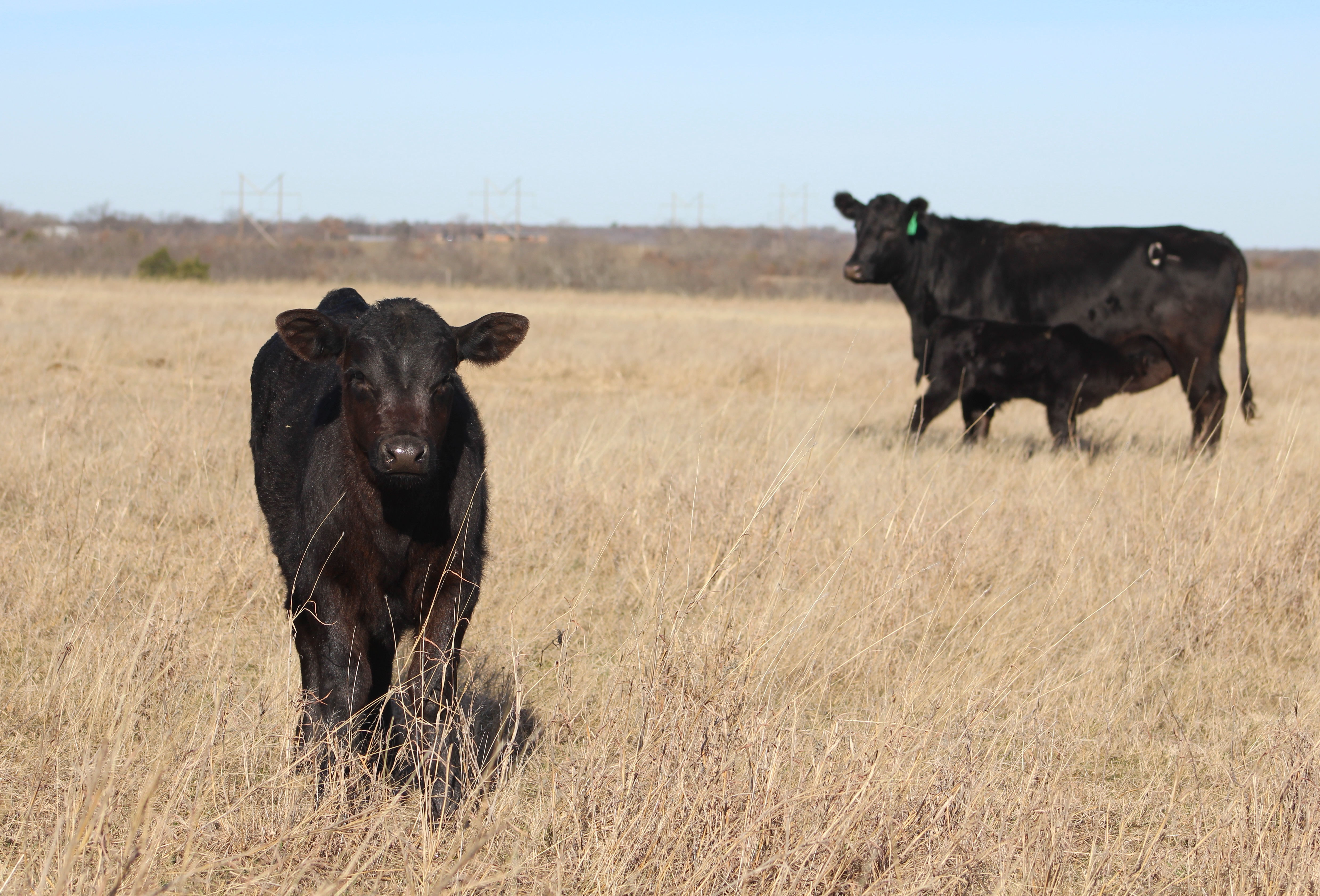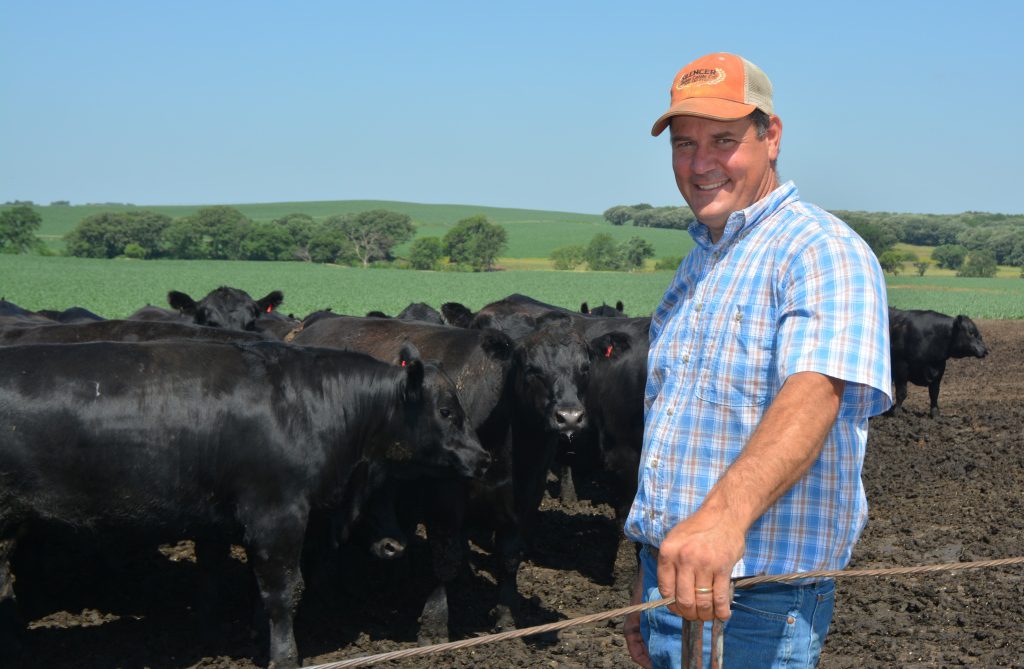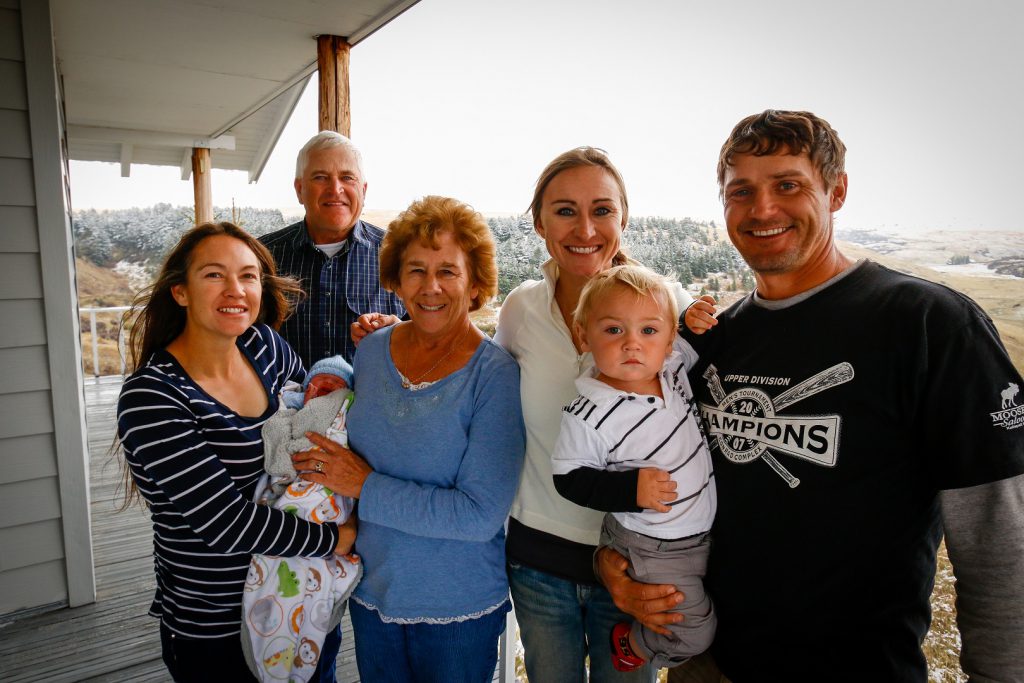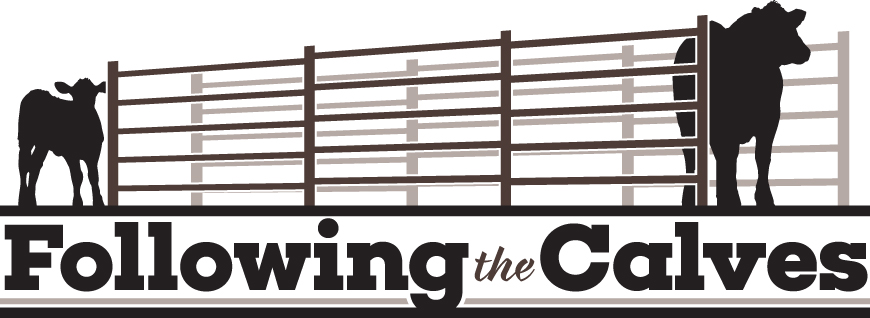
The road ahead
I’ve always loved a good road trip. The opportunity the open road provides, experiencing new places, different adventures and seeing how diverse different parts of our country are is incredible.
The backroads of rural Kentucky provided welcome new scenery and opened my eyes to a place where the bourbon is exceptional, tobacco farming roots run deep and one that might surprise you, the cattle are quality.
Cattle from the Southeastern states have a mixed reputation for delivering carcass merit. Pockets of excellence lift that overall image.
Those center around ranchers like James Coffey, who help drive value by working to breed the type you hope to end up on your plate.
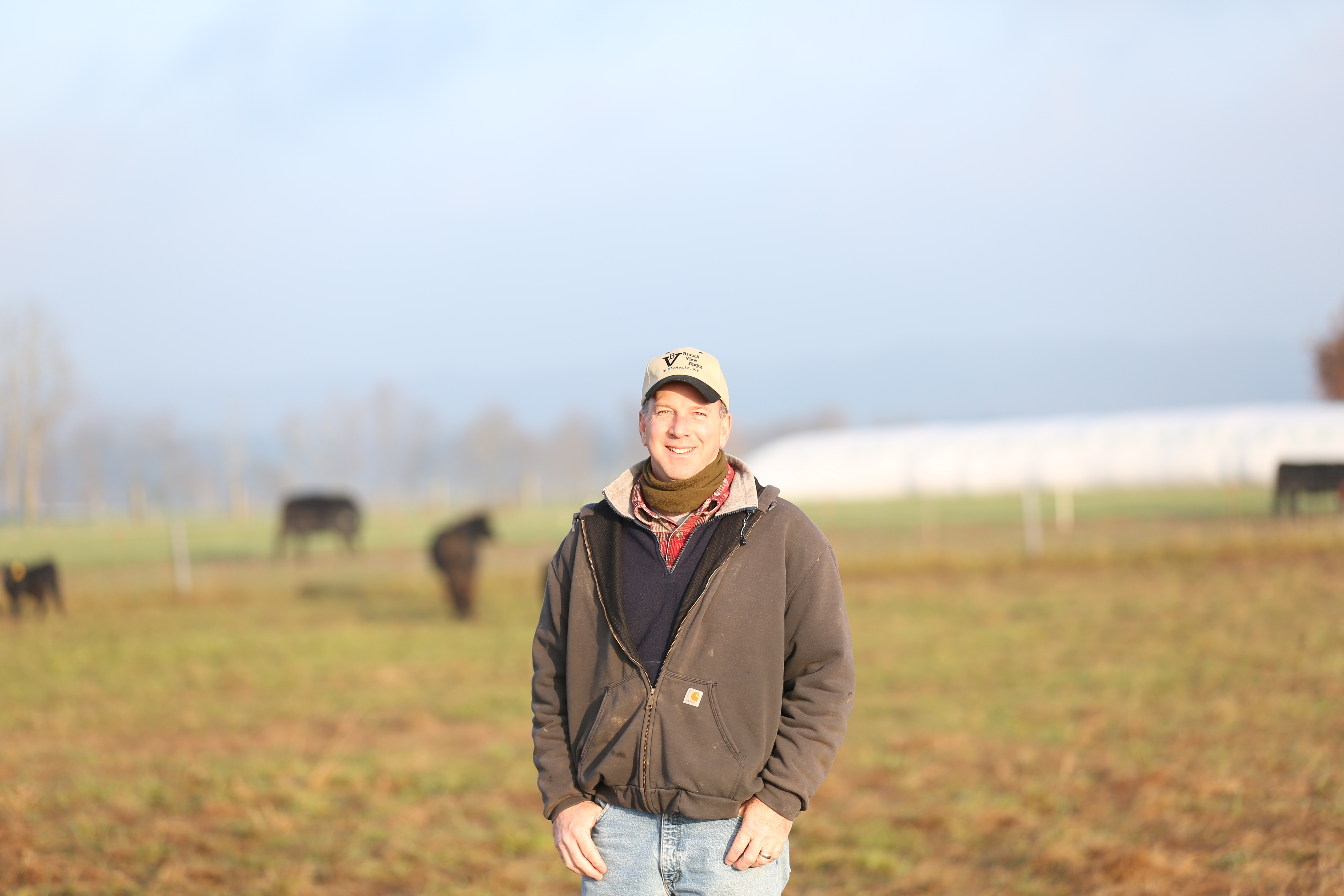
The rancher is kind, focused and dedicated to making each year better than the one before. He’s a fifth-generation Angus breeder, but his approach to the business is different than those who have come before him. It was his involvement that drove an emphasis on data-based decision making. He introduced artificial insemination (AI), embryo transfer, ultrasound, performance testing and Angus Herd Improvement Records (AHIR®) when he returned home to the ranch 20 years ago.
He’s a man who loves data, a natural fit for his first career as a CPA. Now, he manages a sporting goods company that supplies major retailers around the world and of course, the cowherd at Branch View Angus, Hustonville, Ky.
For him, there can never be too much data. A vision and affinity for numbers in business led him to begin feeding steers out of his own bulls to understand how they performed for those even further down the production chain. The average for his first nine loads was 86% Choice or better, with 31% earning CAB, including 3% Prime.
But that was 10 years ago.
“The real opportunity is to own the cattle all the way through,” Coffey says. “That’s the only way you can capture every nickel that’s in that animal.”
It’s a lot of nickels, not just for him, but for the commercial cattlemen that use his bulls.
“This is all about maximizing the sale value of our customers’ calves,” he says.
This year, he sent four loads of his own and customers’ spring 2017 calf crop to Pratt Feeders in Kansas. The calves will be marketed on the grid this spring and summer and Coffey is eager to see the numbers.

“It will be a data set large enough to be able to show people what the cattle can do,” he says. “I know if I can show backgrounders and feedlots how the cattle perform, then we can get bids for our customers and maximize their price.”
It’s a chance to discover just what opportunities the future might hold, changes he might need to make in his genetic selections and what direction to go next.
I drove away from Branch View Angus through twisty roads toward Hustonville, knowing it wasn’t just me with an exciting road ahead.
Until next time,
Nicole
Look for more on Coffey’s calves as we follow them to Pratt Feeders in an upcoming post and check out upcoming issues of the Angus Journal for more of Coffey’s story.
You may also like
You, Your Cows and Their Feed
Expert guidance from Dusty Abney at Cargill Animal Nutrition shares essential strategies for optimizing cattle nutrition during droughts, leading to healthier herds and increased profitability in challenging conditions.
Marketing Feeder Cattle: Begin with the End in Mind
Understanding what constitutes value takes an understanding of beef quality and yield thresholds that result in premiums and/or discounts. Generally, packers look for cattle that will garner a high quality grade and have excellent red meat yield, but realistically very few do both exceptionally well.
Kansas Ranchers Recognized for Sustainability Efforts
Kansas’ Wharton 3C Ranch thrives despite droughts, winning the CAB 2023 Sustainability award. The data-driven, quality-focused approach of first-generation ranchers, Shannon and Rusty Wharton, yields 100% CAB cattle. Their commitment to sustainability and industry collaboration sets a bright future for the cattle business.






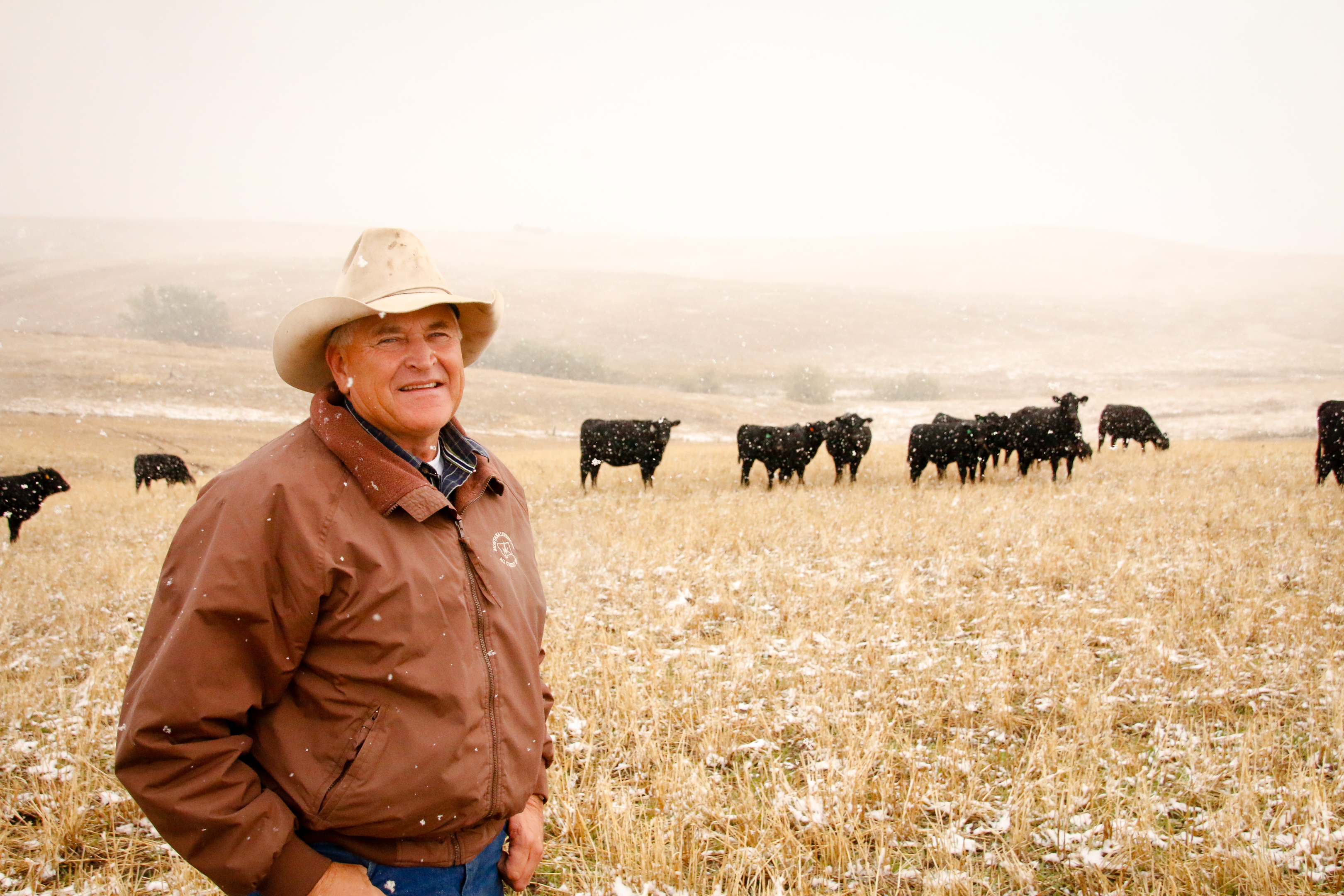
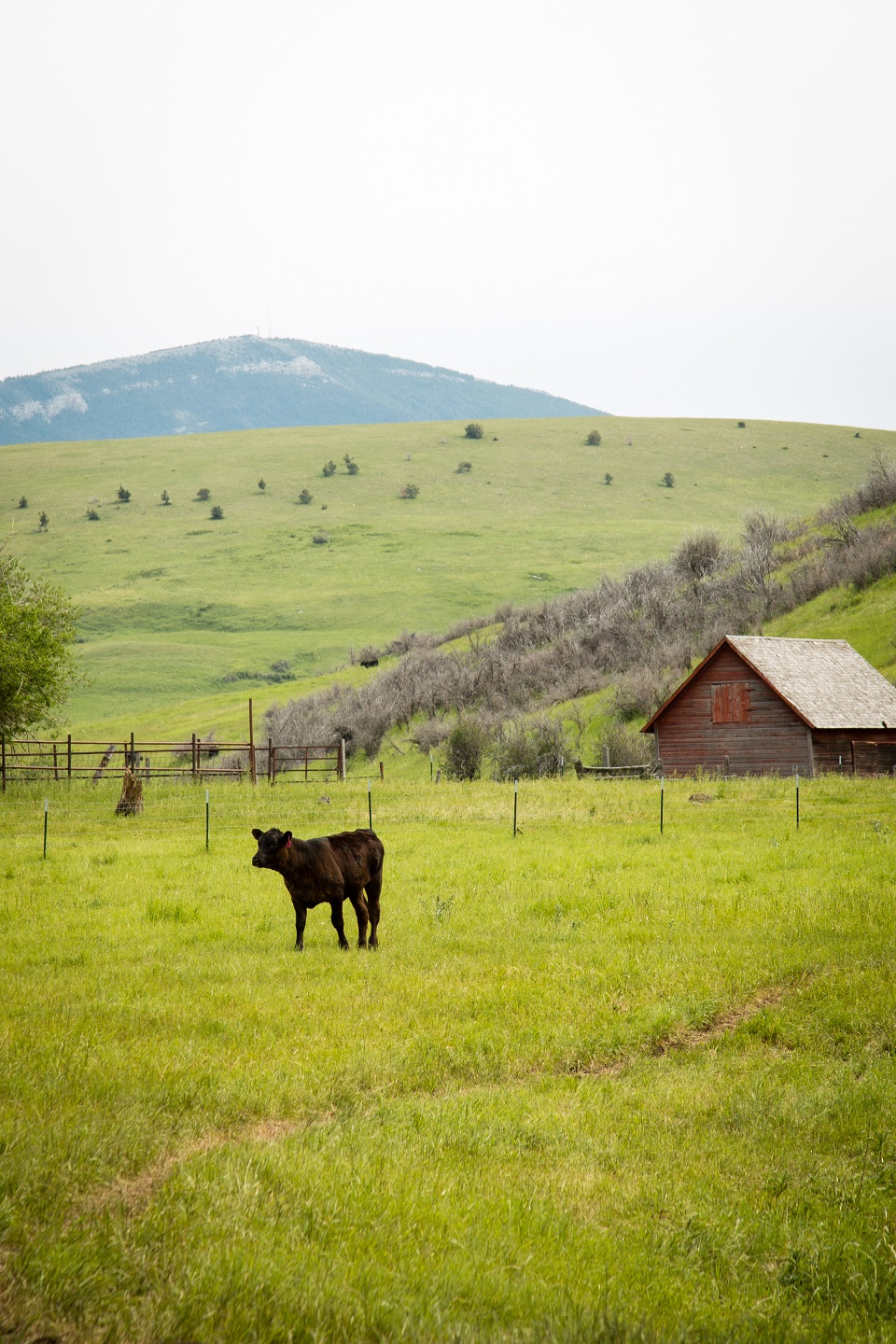
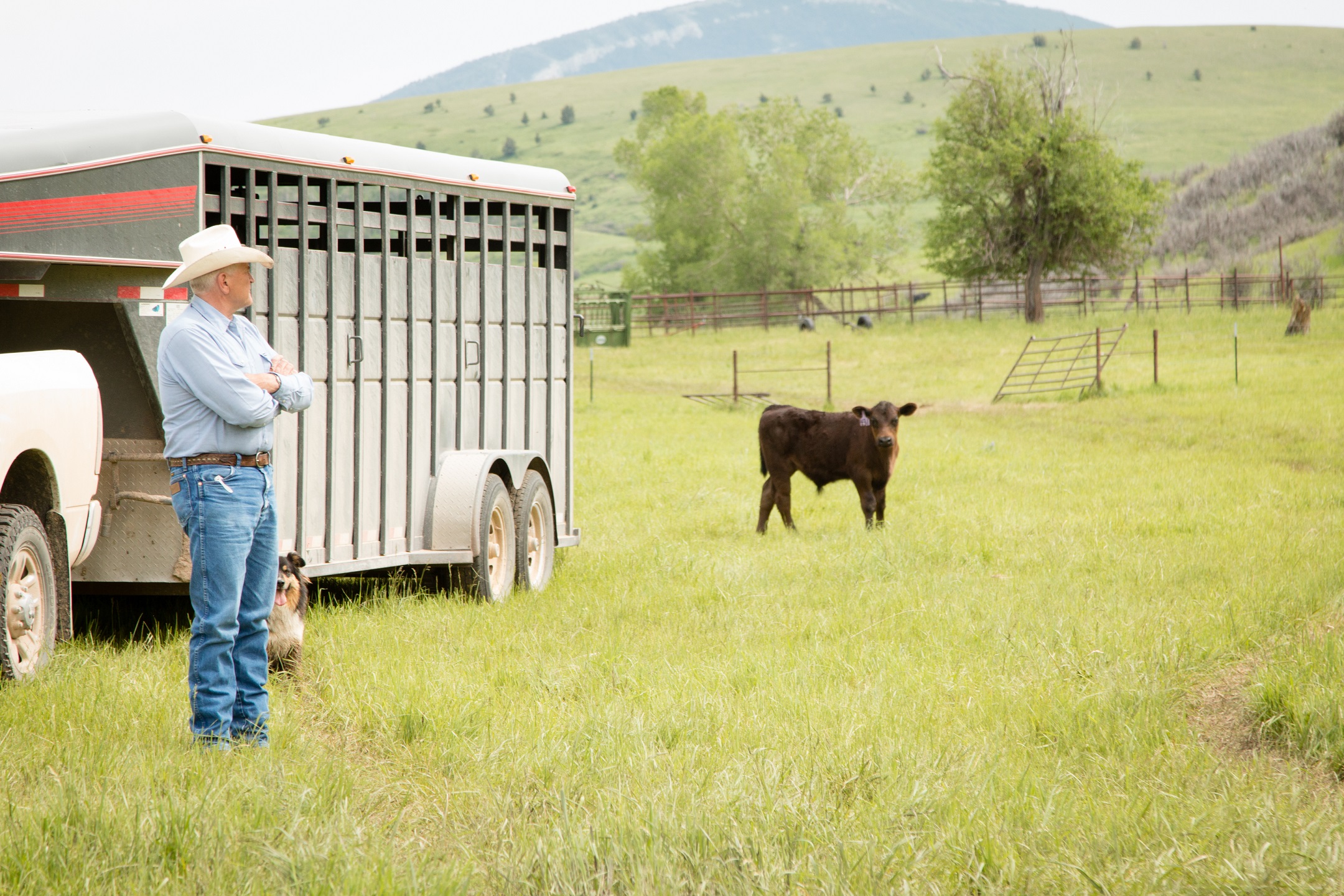





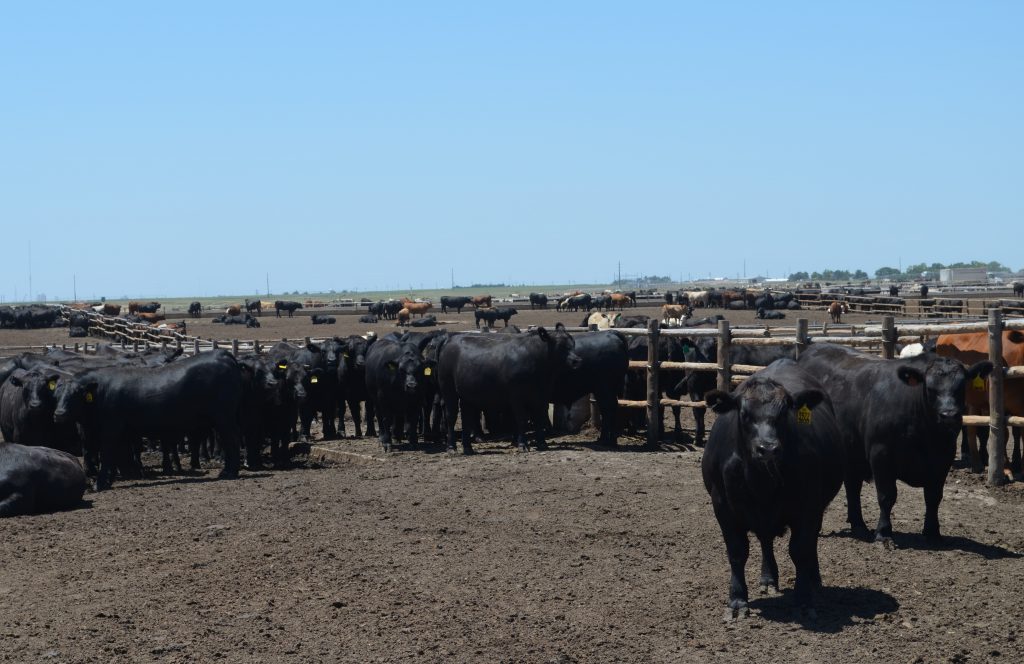
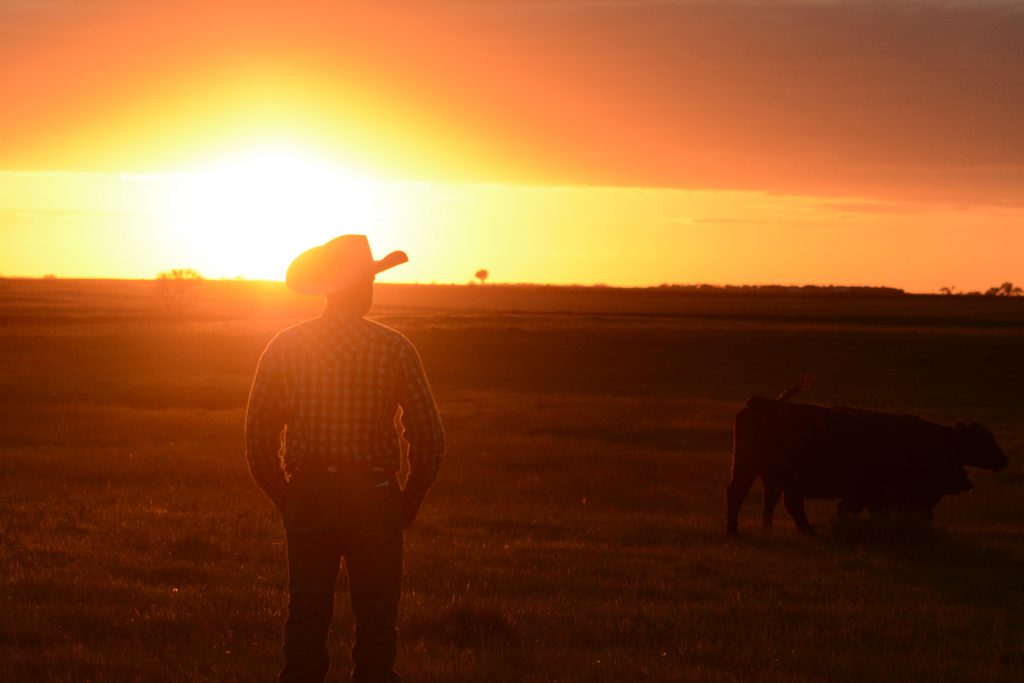



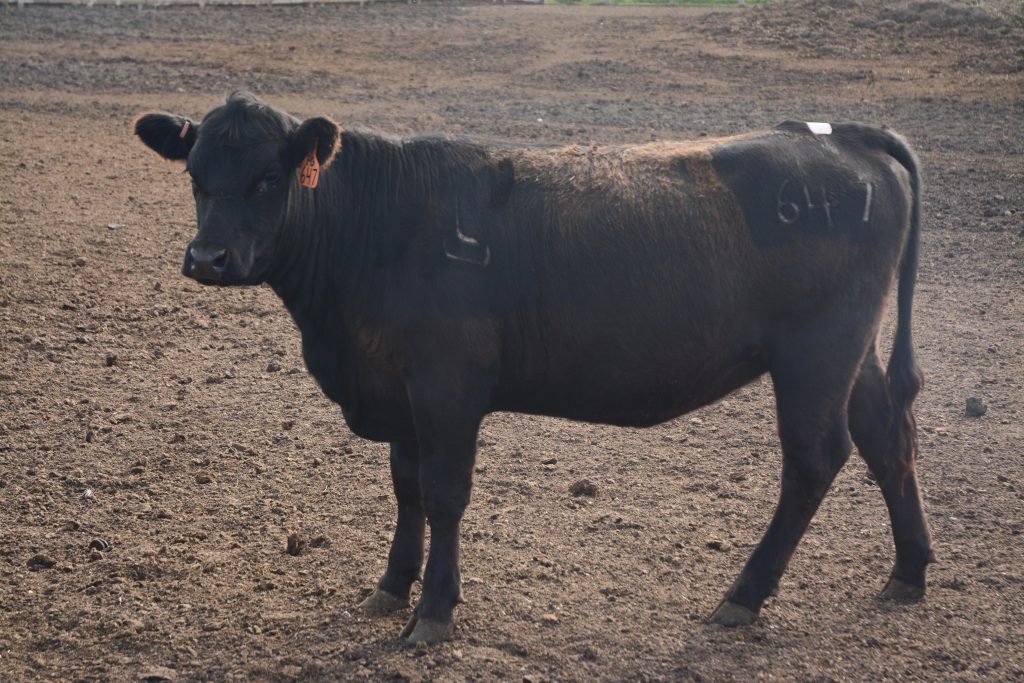
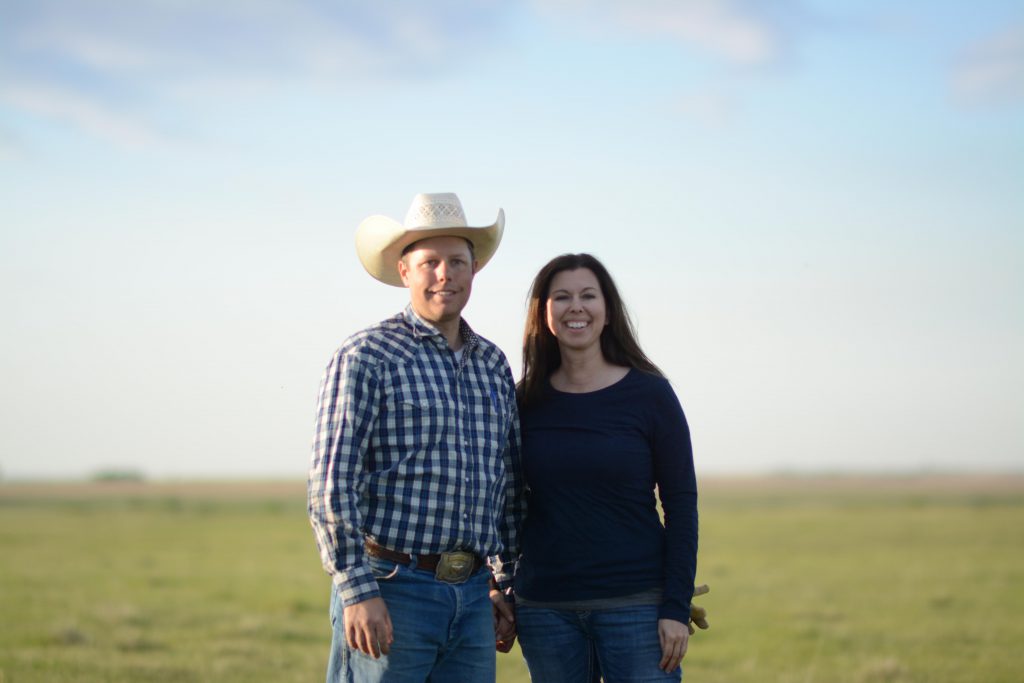
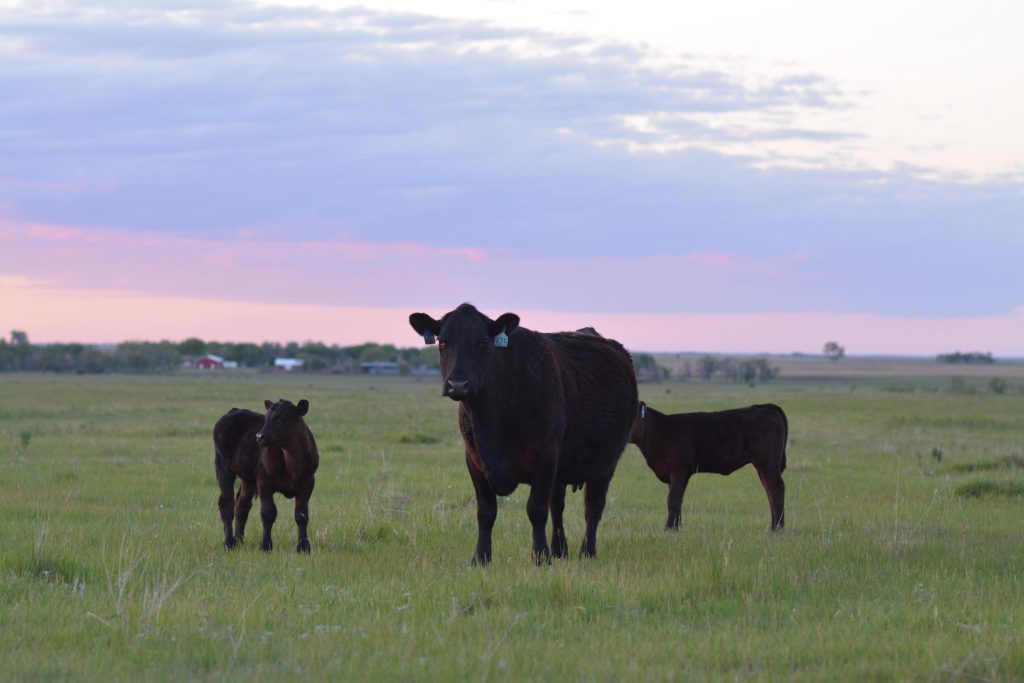
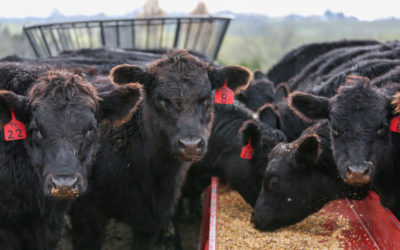


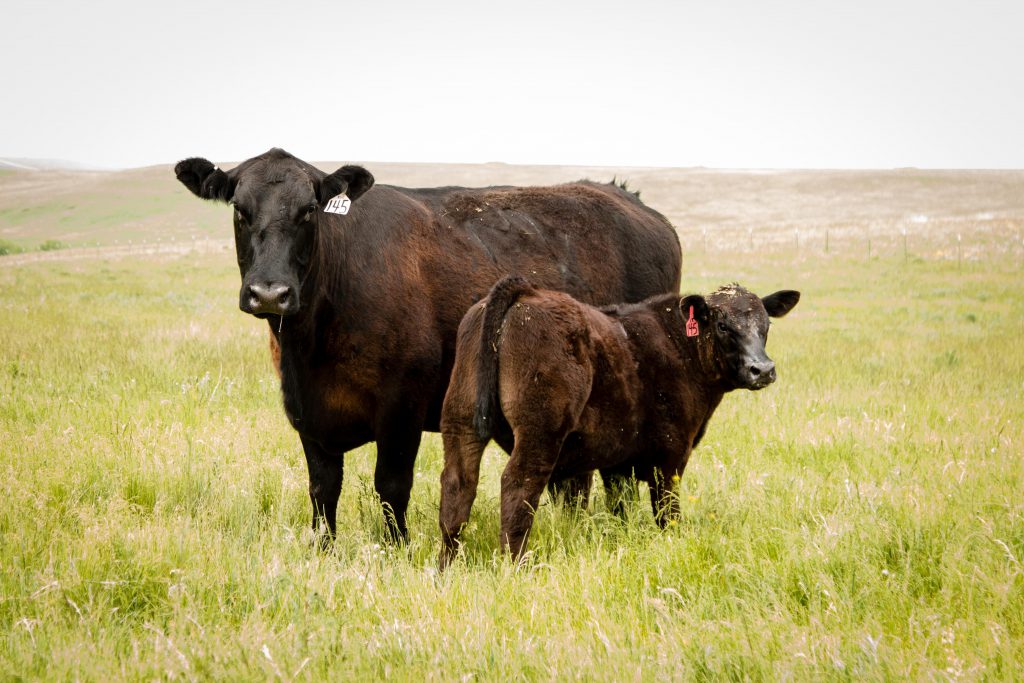

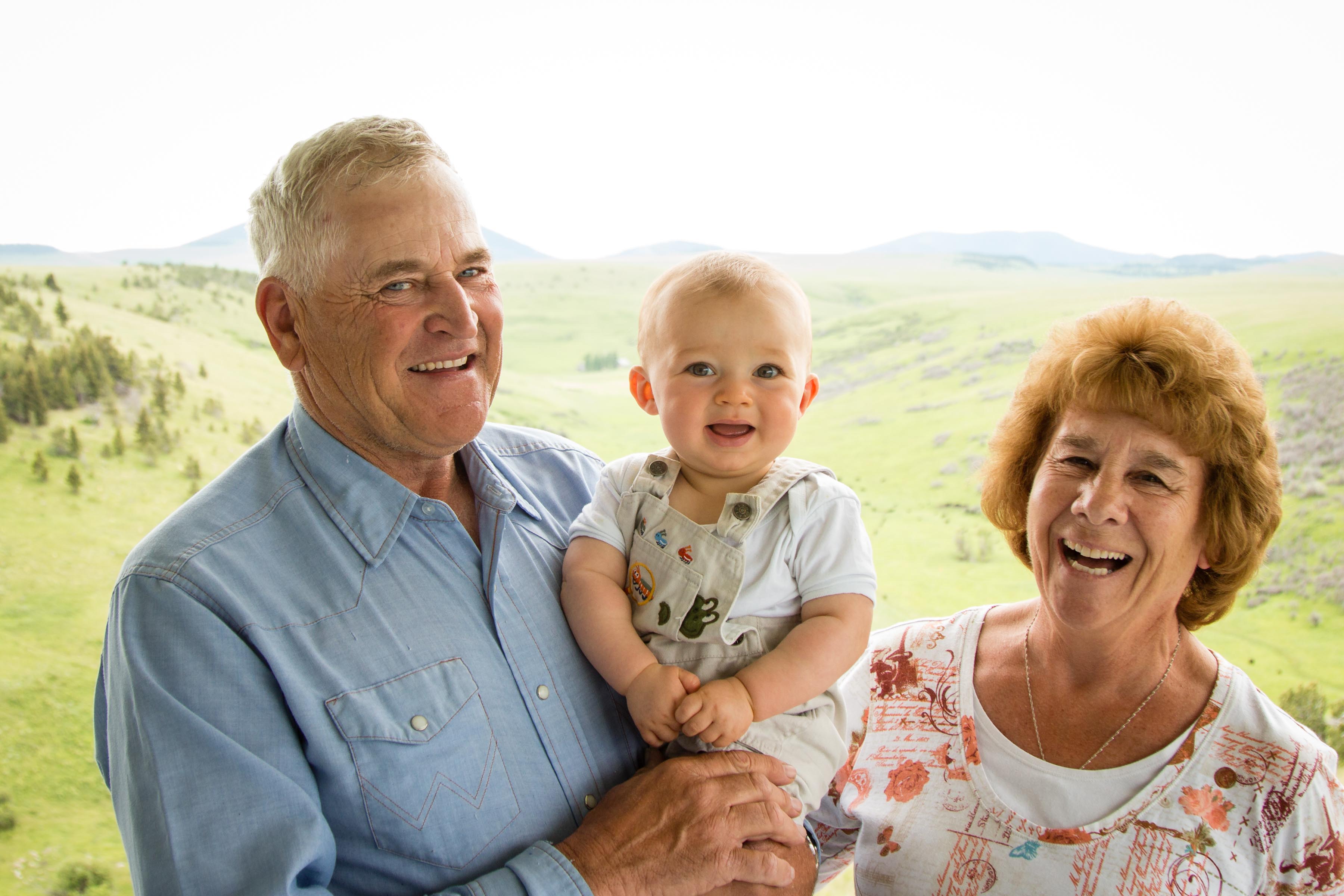
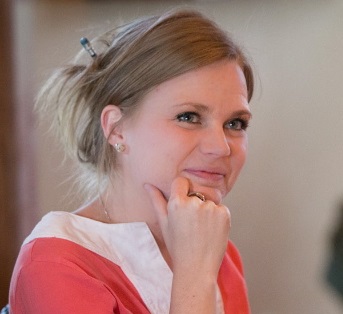 Laura Nelson is based in Big Timber, Montana, where she writes, captures images and tells farming and ranching stories. She’s a former CAB Industry Information Specialist who became passionate about the brand and the pursuit of high-quality beef while working at the company headquarters in Ohio. Then wide open spaces, small-town living and those beautiful Crazy Mountains wooed her back west.
Laura Nelson is based in Big Timber, Montana, where she writes, captures images and tells farming and ranching stories. She’s a former CAB Industry Information Specialist who became passionate about the brand and the pursuit of high-quality beef while working at the company headquarters in Ohio. Then wide open spaces, small-town living and those beautiful Crazy Mountains wooed her back west.





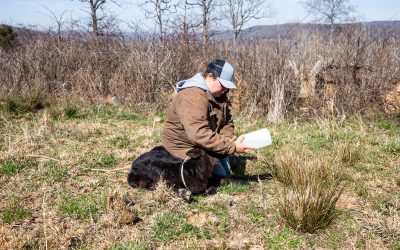



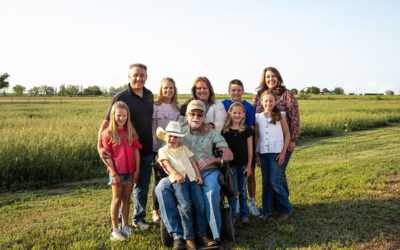



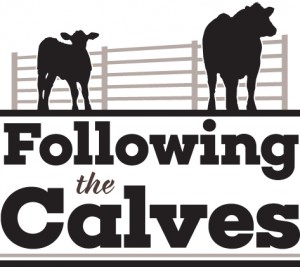 “We try to measure as many things as we can,” he says. Everything from an increasing pregnancy rate and ribeye area to a flat yield-grade trend and decreasing mature cow size tells him there have been no trade-offs. “All the numbers tell us that we haven’t really given anything up, but the trait that pays us a lot more at the end—marbling—has increased a lot.”
“We try to measure as many things as we can,” he says. Everything from an increasing pregnancy rate and ribeye area to a flat yield-grade trend and decreasing mature cow size tells him there have been no trade-offs. “All the numbers tell us that we haven’t really given anything up, but the trait that pays us a lot more at the end—marbling—has increased a lot.”